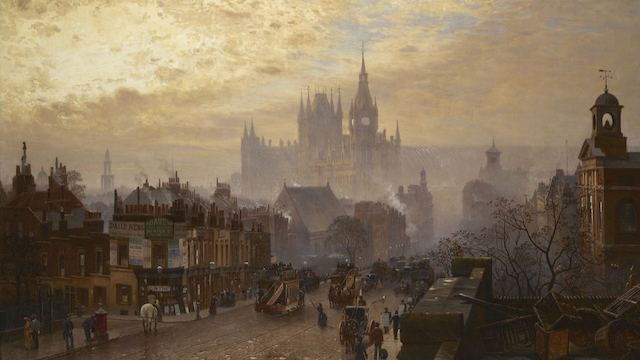Speaking of my old friend and biographer, I would take this opportunity to remark….Watson has some remarkable characteristics of his own, to which in his modesty he has given small attention…
Hello Watsonians,
Today we add to our series of brief biographic interviews with some of the members of JHWS. Our members, like the good Dr. Watson, have some remarkable characteristics of their own, and we would like to give some small attention to them.
The interview today is from Chris Redmond, a friend to many in the global Watsonian/Sherlockian/Holmesian community. As always, his writing is fun and interesting.
Enjoy,
Margie/ JHWS ‘Mopsy’
- Name and bull pup moniker
Chris Redmond — Buster
- Current (city, state, country) location
In the process of moving to Carleton Place, Ontario
- How long have you been a devotee of Dr. Watson?
Ever since I figured out that without him the Canon would be approximately 2.5 stories long.
- Do you have a favorite canonical story?
As the editor of About Sixty, I had better not commit myself to any one . . . although I do have a longstanding admiration for “The Illustrious Client”.
- What is your favorite quote from the canon?
“I say, Watson,” he whispered, “would you be afraid to sleep in the same room with a lunatic, a man with softening of the brain, an idiot whose mind has lost its grip?”
- If you could speak directly to anyone in the canon, who would you choose and why?
Well, there are a few things I wouldn’t mind saying to Irene Adler.
- Are you fond of any particular canon adaptations—pastiche, radio, or film?
I have very little discrimination — I’ll watch anything and read almost anything (I draw the line at the Kennedy assassination book). I particularly admire the Granada TV series, the novels of Larry Millett, and the first hour of “The Abominable Bride”.
- Do you have a local Watsonian/Sherlockian/Holmesian group you meet with on a regular basis?
I’m a long-time member of the Bootmakers of Toronto, and a co-founder of the much newer Cesspudlian Society of London, Ontario.
- Do you have any recent Watsonian/Sherlockian/Holmesian projects/events you would like to tell us about?
There is going to be another anthology as a sequel to About Sixty. Watch for details soon. Also, an online friend who had better remain nameless has challenged me to write a fic, which is in the last stages of awfulness right now.
- If you had a magic wand, allowing you to add, subtract, change one thing in your Watsonian/Sherlockian/Holmesian world, what would it be?
I’d like to repair some broken friendships. If that’s too much to ask, I wouldn’t mind a do-over of several of the BBC Sherlock episodes, to have more mystery and less self-indulgence.


























